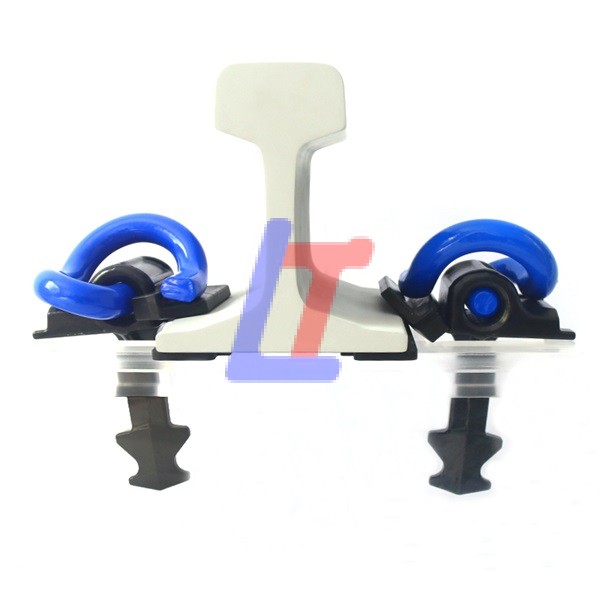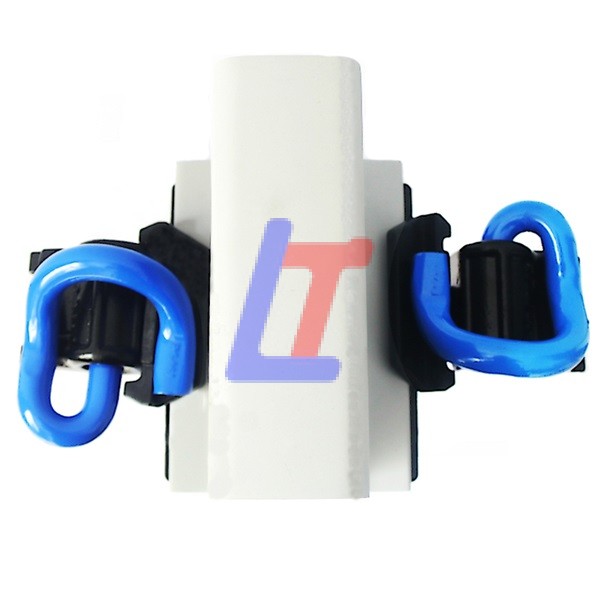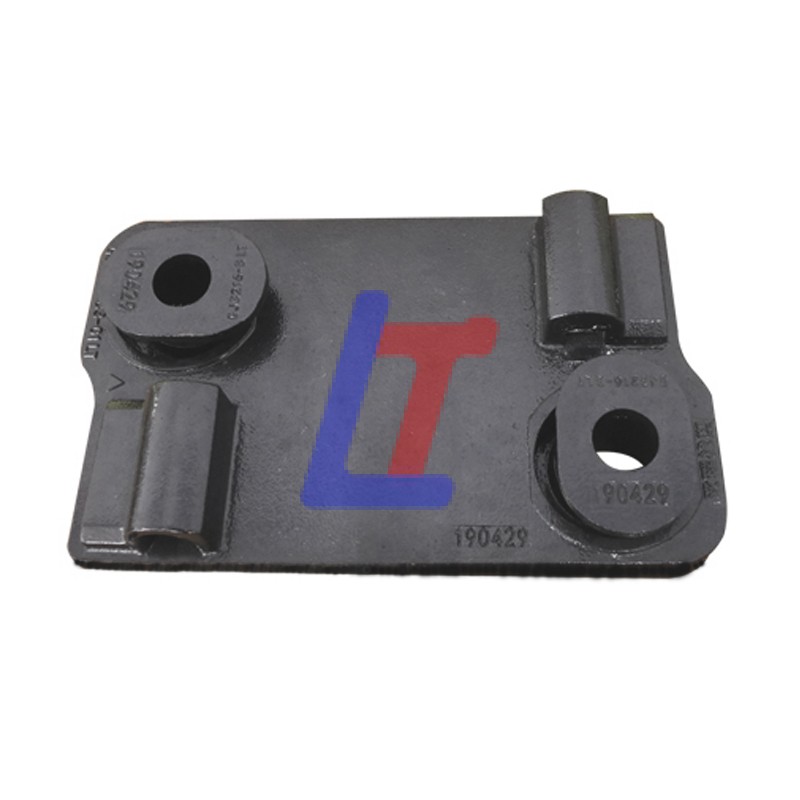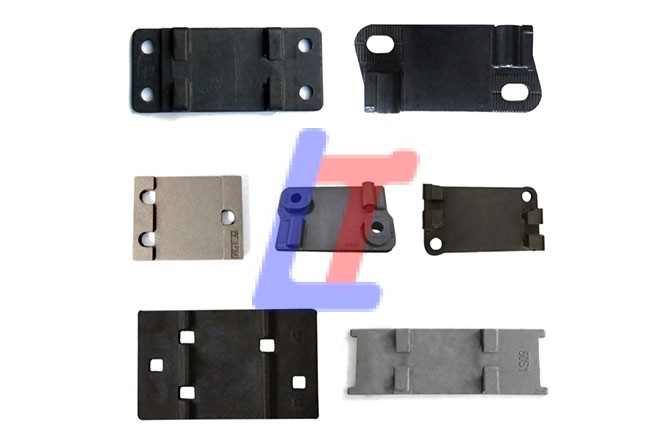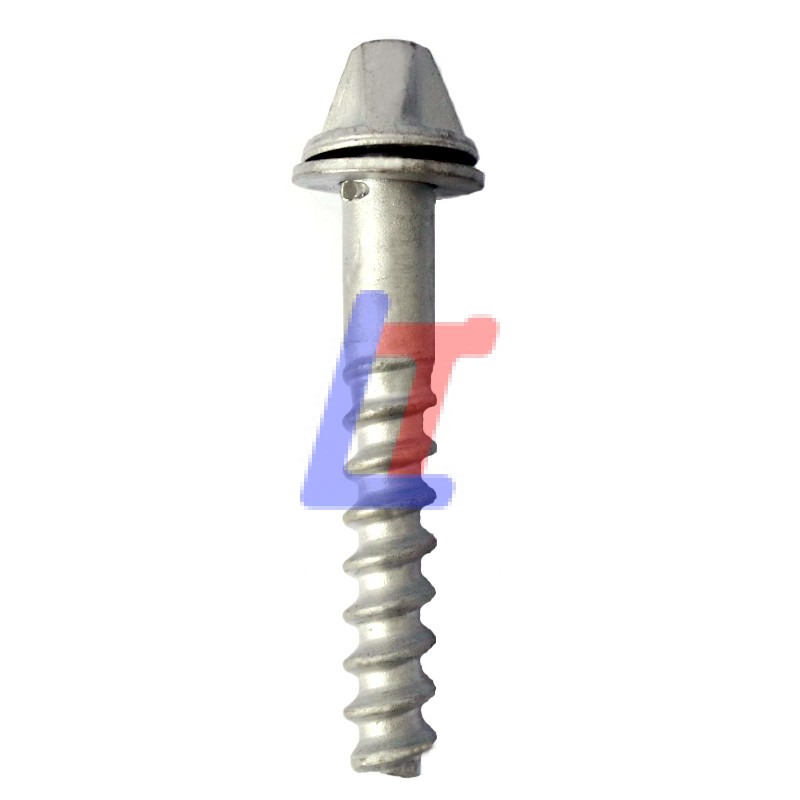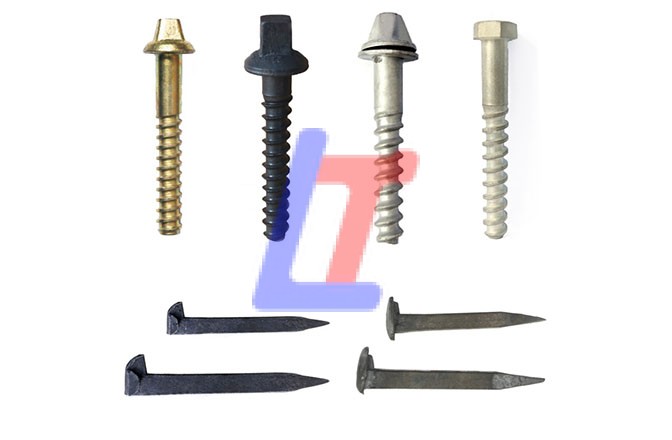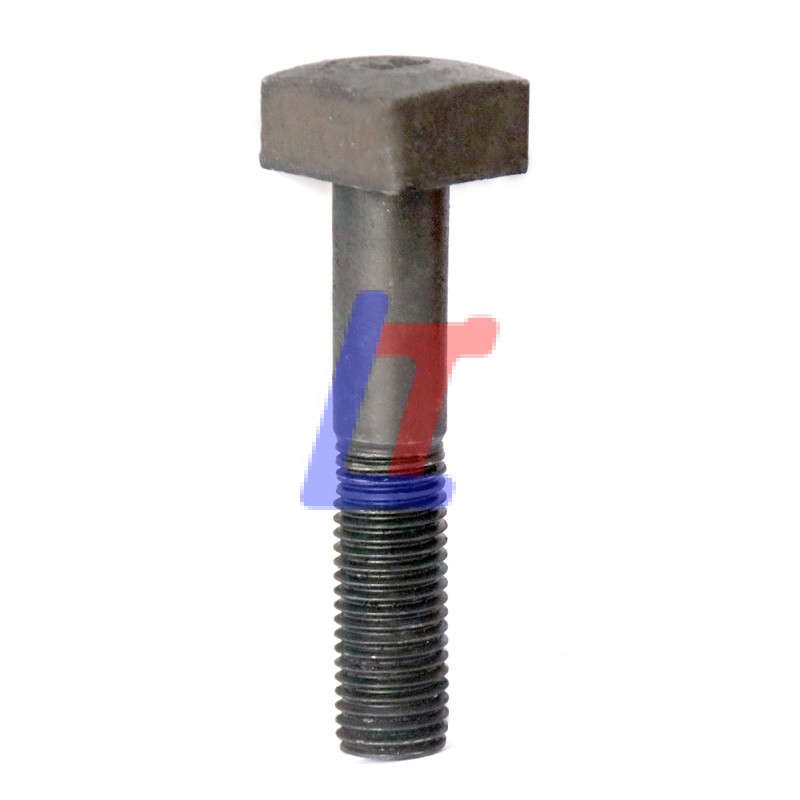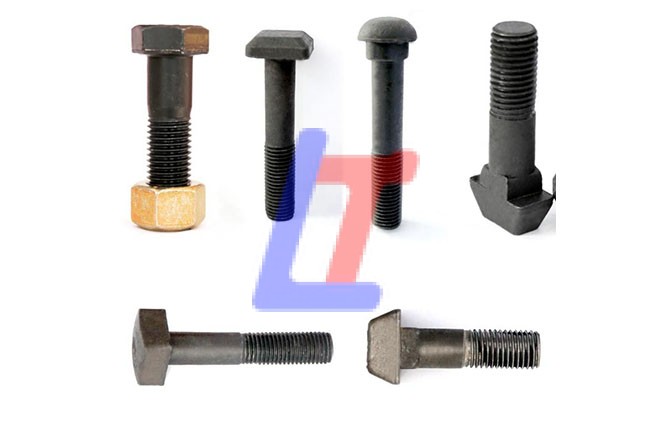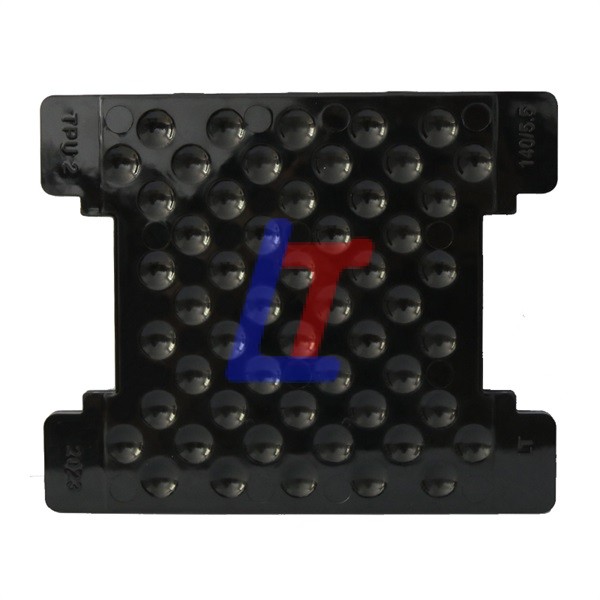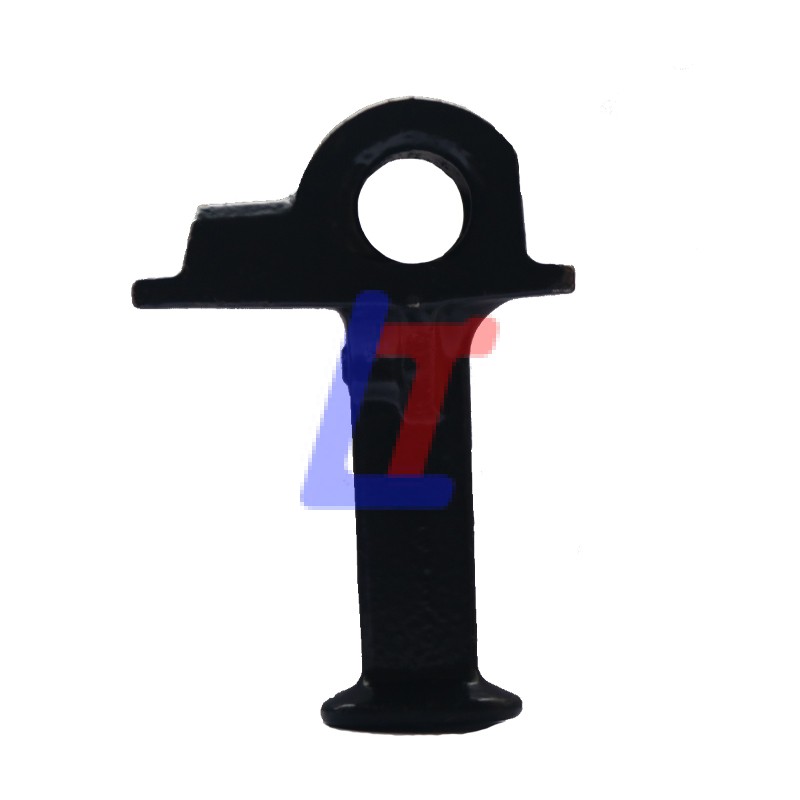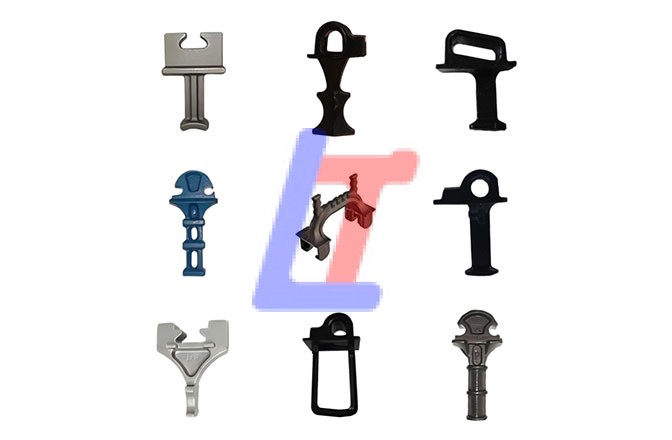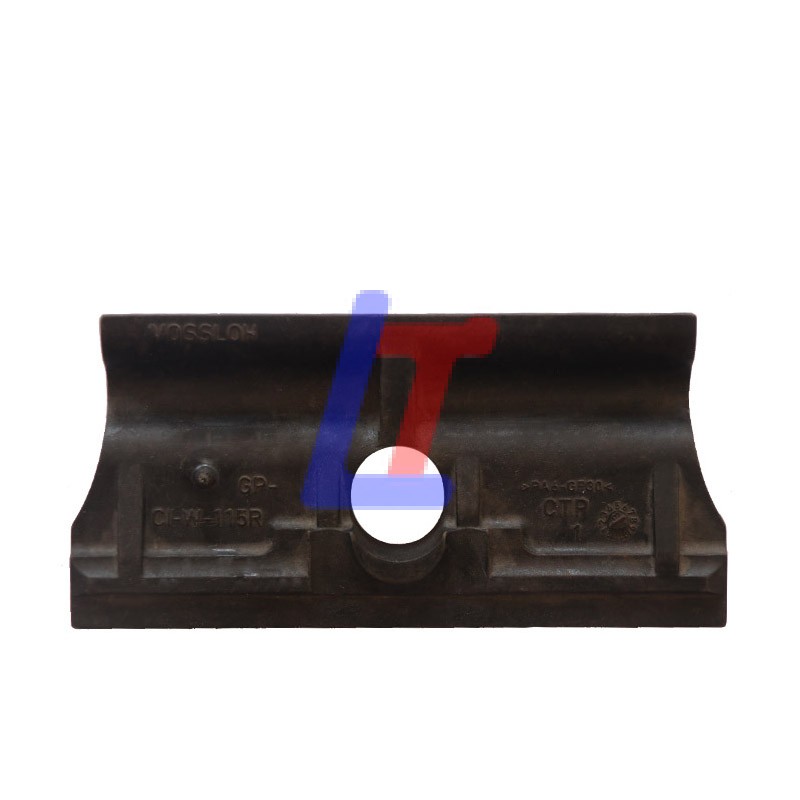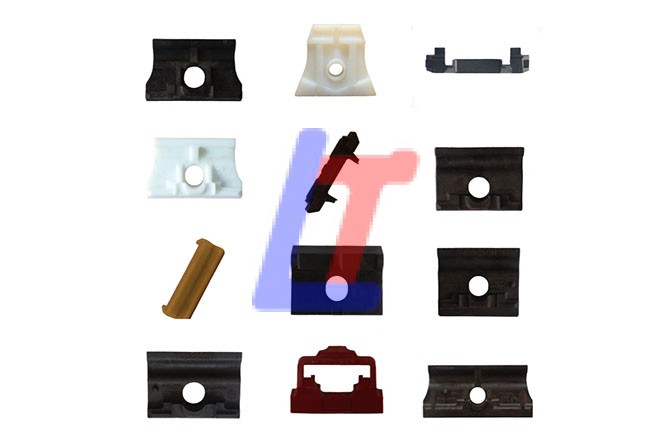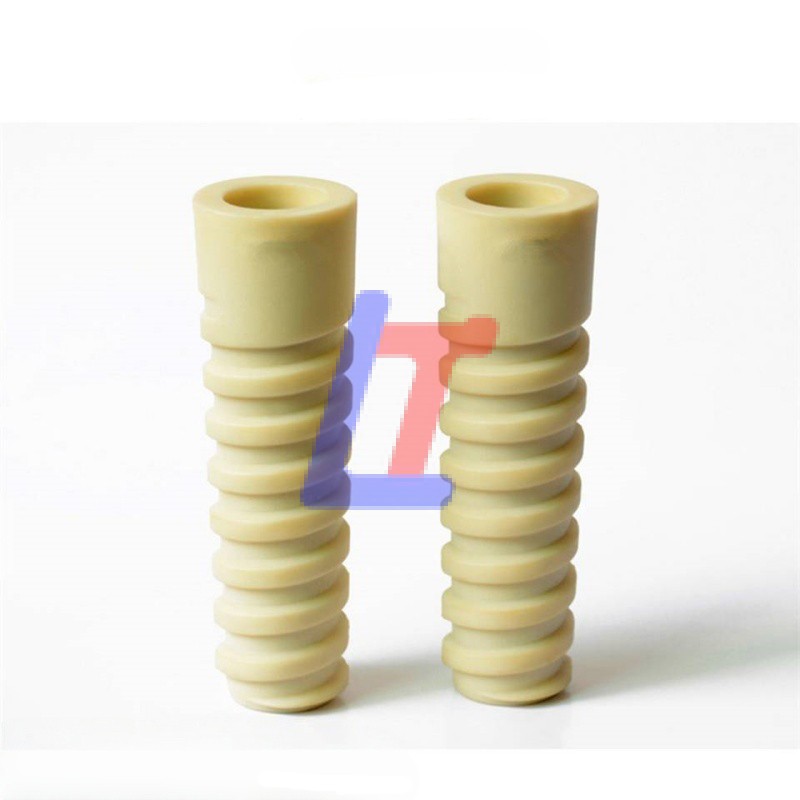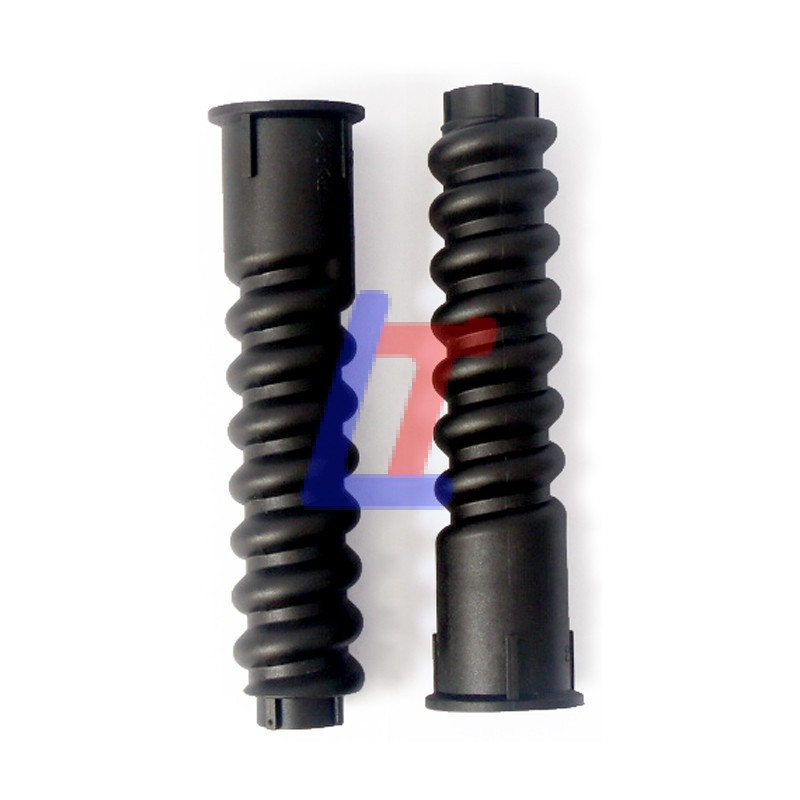What is steel rail:
Steel rail is a specific type of steel profile, hot-rolled into an I-beam shape, used as the load-bearing and guiding element in railway tracks. It provides a smooth, continuous surface for train wheels and transfers the load to the sleepers. Steel rails are crucial for the safe and efficient operation of trains, and their design and material composition have evolved over time to meet increasing demands for speed, weight capacity, and track stability.
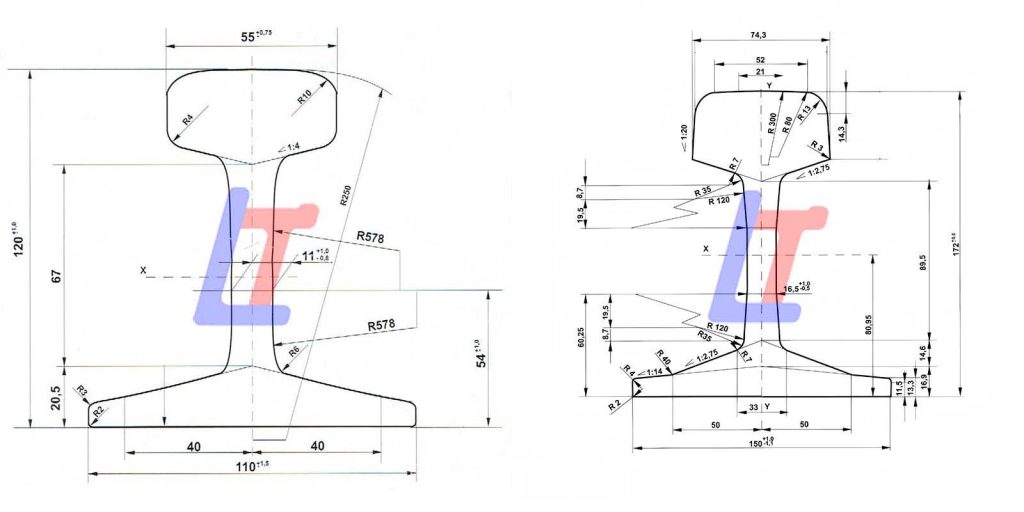
Classification and differences
1. Flat-footed rail:
Flat-footed rails, also known as Vignoles rails, are a type of railway track where the rail section has a flat, wide base (foot) that provides stability and allows direct attachment to the sleepers. This design, invented by Charles Vignoles, is now the most common type of rail worldwide, making up about 90% of railway tracks.
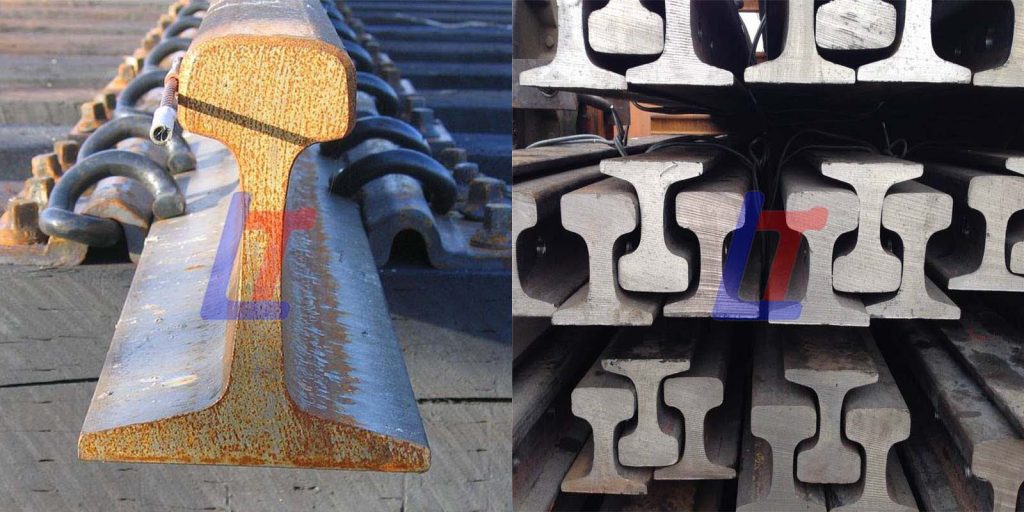
Key features:
Flat Foot: The defining characteristic is the wide, flat base that provides a stable platform for the rail and allows it to be directly fixed to the sleepers.
Three Parts: Flat-footed rails consist of three main parts: the head (top running surface), the web (vertical section connecting the head and foot), and the foot (bottom base).
Direct Fastening: Unlike earlier rail designs that required chairs, flat-footed rails can be directly spiked or fastened to the sleepers, simplifying construction and reducing costs.
Advantages:
Strength and Stiffness: They offer greater strength and stiffness compared to earlier rail designs like double-headed rails and bull-headed rails.
Reduced Maintenance: The direct fastening and overall design can lead to lower maintenance costs.
Widespread Use: Their practicality and cost-effectiveness have made them the dominant rail type globally.
2. Double-headed rails:
Double-headed rails, also known as dumbbell rails, are a historical type of rail where the head and foot (the top and bottom parts) of the rail are identical in shape. They were designed with the intention of being reversible, allowing the rail to be flipped over when the top (head) wore down, effectively doubling its lifespan. However, this design proved impractical as the bottom surface became damaged and unsuitable for train wheels after being used as the bearing surface.
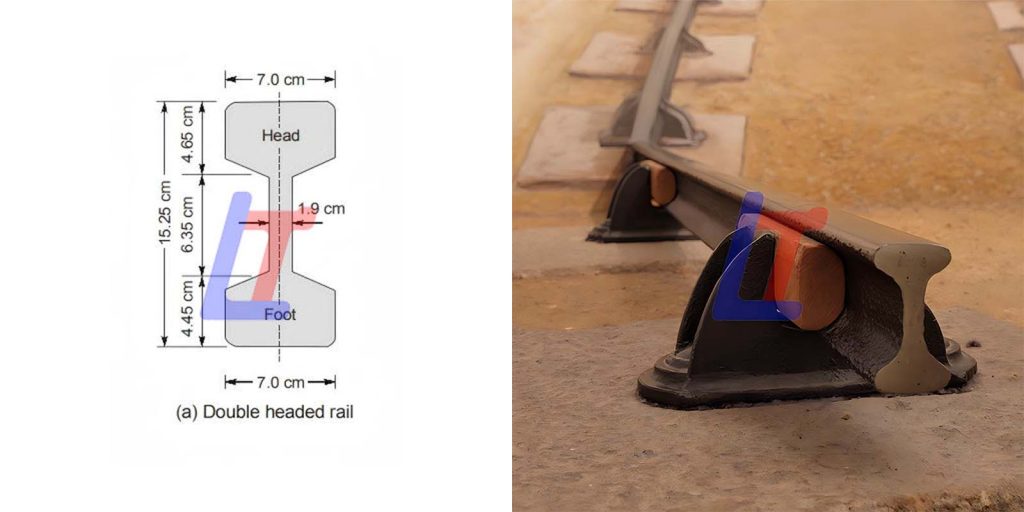
Detailed breakdown:
Design: Double-headed rails have a symmetrical shape with an upper table (head), a web (vertical part), and a lower table (foot).
Initial Purpose: Engineers conceived this design to flip the rail upside down once the top surface wore out, effectively doubling its service life.
Why it failed: The cast iron chairs supporting the rails damaged the lower surface, making the flipped rail unsuitable for smooth train operation.
Current Usage: Double-headed rails are largely obsolete in modern railway systems.
3. Bullhaed rails:
Railway engineers designed bullhead rail with symmetrical head and foot cross-sections, supporting it with cast iron chairs that they secure using keys or wedges. This design was common in the UK, particularly in the 19th and 20th centuries. The grooved rail marked a significant advancement over earlier double-headed rails, delivering greater strength and stability that better supported heavier trains.
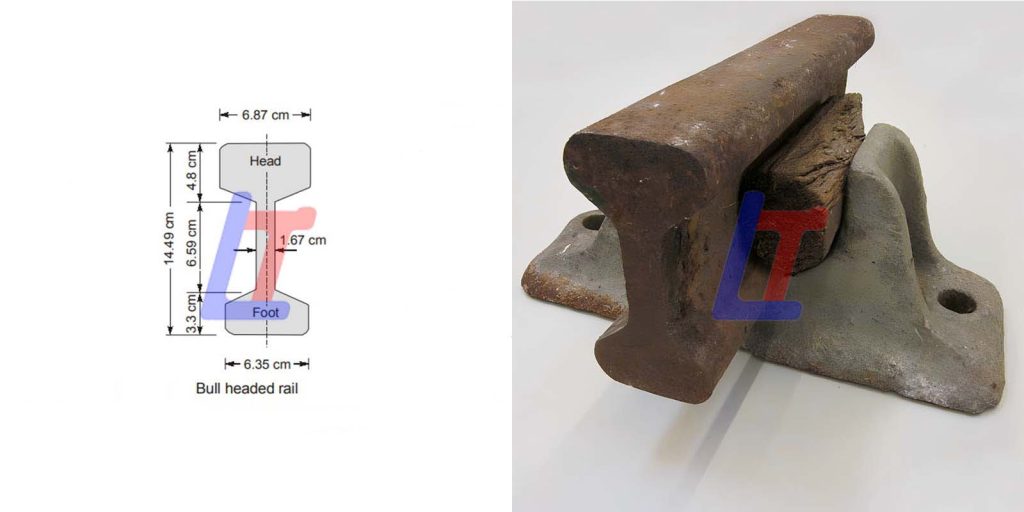
Key characteristics and history:
Design: Bullhead rail has a larger, more robust head compared to its base, unlike the symmetrical double-headed rail.
Evolution: Engineers originally developed grooved rails from double-headed rails, which they could flip when worn. However, they discovered this practice caused cracks and subsequently abandoned it.
Use: Bullhead rail was popular on main lines in the UK, especially in the mid-20th century.
Advantages: The grooved rail provided a smoother ride and allowed easier curving and turnout operation than flat-bottomed rail.
Disadvantages: Bullhead rail was more expensive to lay than flat-bottomed track.
Current use: Some transit systems still use grooved rails in specific applications, including sections of the London Underground.
4. Grooved rails:
Engineers design grooved rails (also called girder rails) with a specialized groove or slot specifically for tramways and light rail systems. Workers typically embed these rails in paved or grassed surfaces, enabling trams to share the road with other vehicles and pedestrians. The groove accommodates the flange of the tram’s wheels, providing guidance and preventing derailment while keeping the running surface flush with the road.
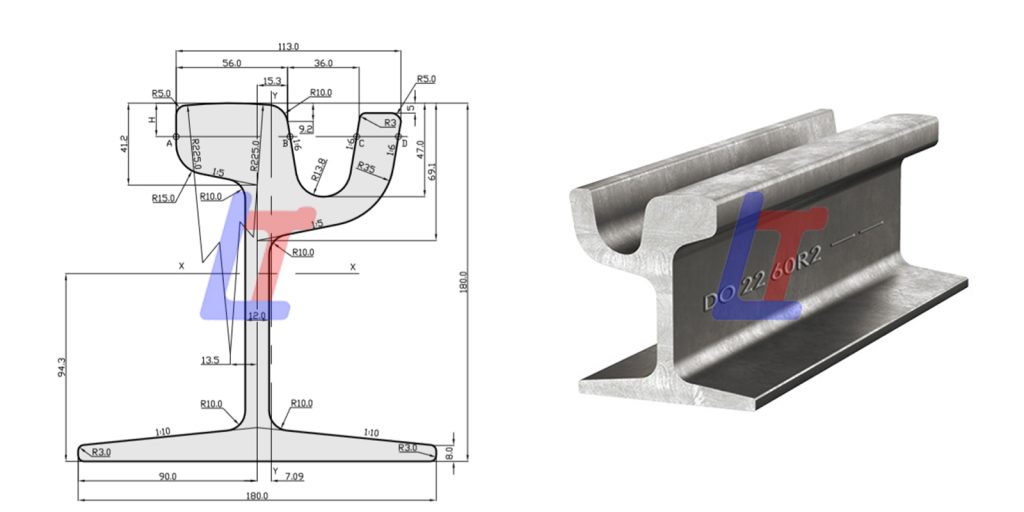
More details:
Purpose: Engineers design grooved rails to integrate tram tracks seamlessly into urban environments.
Groove: The groove enables trams to use flanged wheels, which help them navigate curves and maintain stability.
Flush with the road: The rail’s running surface is typically level with the surrounding pavement, making it safer for other road users.
Modern applications: Modern tram systems commonly use grooved rails, as cities increasingly favor them for revitalizing city centers.
Advantages: They offer several advantages, including reduced noise and vibration, improved passenger comfort, and enhanced integration with the urban landscape.
Variations: Grooved rails come in various profiles and sizes, such as the 59R2 grooved rail, which is a popular choice for tramways.
Joining: Joining grooved rails requires specialized welding techniques due to their complex shape.
Construction: Workers can lay grooved rails in various ways, including directly on concrete or asphalt, and fill the surrounding area with similar materials.

